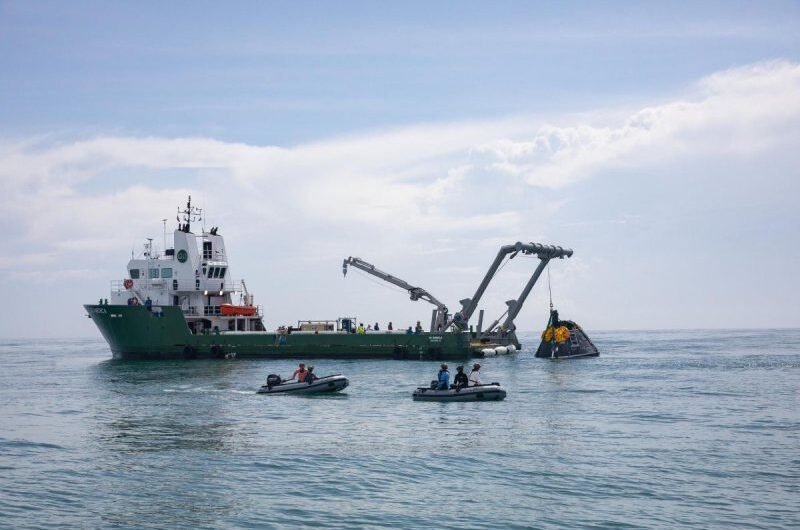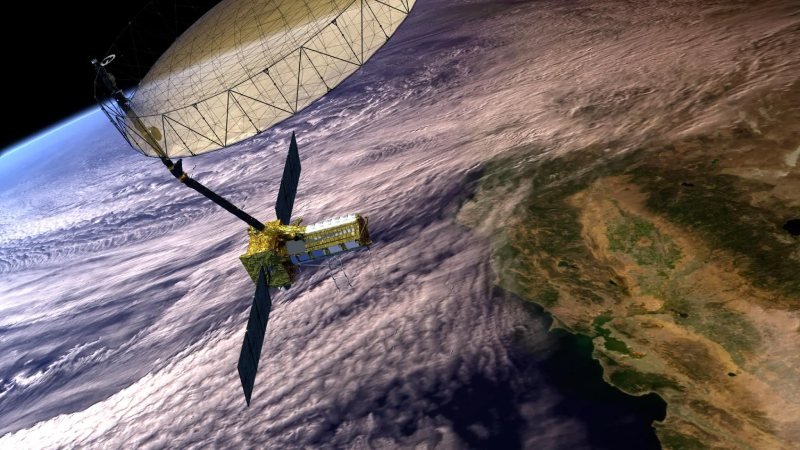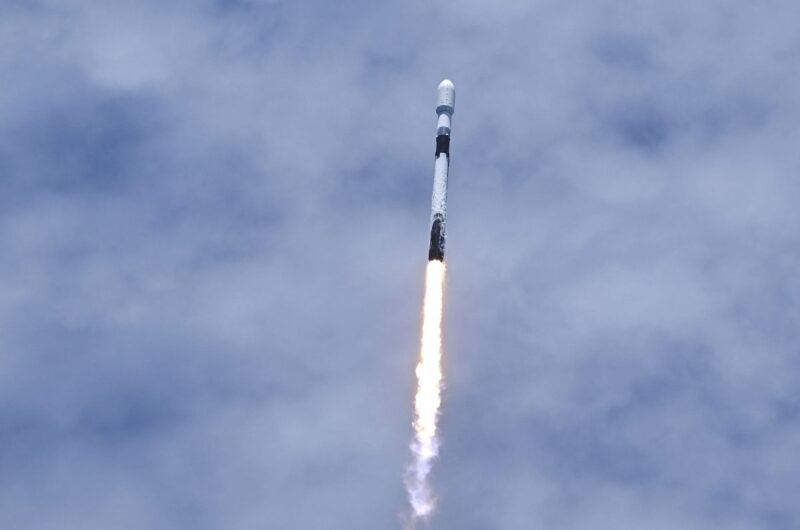From a remote location in the Pacific, NASA’s most recent atmospheric research project is preparing to launch a series of rockets. Today marks the start of the three-week mission, called Sporadic-E ElectroDynamics (SEED). During this period, uncrewed suborbital spacecraft equipped with scientific instruments will be sent into the skies from Kwajalein Atoll in the Marshall Islands. The primary objective of this mission is to investigate elusive, high-altitude, cloud-like structures that have the potential to interfere with vital communication systems.
These phenomena, known as Sporadic-E layers, develop within the lower reaches of Earth’s ionosphere. They can reflect radio waves back toward the surface before those signals have the chance to ascend to the higher atmospheric layers. This premature reflection creates several communication challenges. For instance, air traffic controllers or marine radio operators might mistakenly receive distant signals and believe they are coming from nearby, leading to potential confusion. Similarly, military radar systems could encounter misleading “ghost” targets or receive distorted signals, making accurate interpretation difficult.
Unlike typical weather patterns, these Sporadic-E layers remain invisible to the naked eye and can only be detected using radar technology. According to Aroh Barjatya, the principal investigator for the SEED mission, radar plots reveal them as either scattered, cloud-like patches or extensive, blanket-like formations across the sky. Their constant movement, formation, and disappearance make them particularly difficult to forecast.
The ionosphere, where these layers form, extends from around 60 to 1,000 kilometers above Earth’s surface. It is a region filled with charged particles known as ions, some of which originate from meteors that disintegrate upon entering the atmosphere, leaving ionized traces of metals such as iron, magnesium, calcium, sodium, and potassium. These heavier ions tend to settle beneath 140 kilometers, playing a role in the creation of these unpredictable layers.
The behavior of Sporadic-E layers at midlatitudes has been better understood by scientists, but their occurrence close to the equator is still mostly unknown. Kwajalein Atoll, which is near the magnetic equator, is a strategic launch site for NASA’s investigation of this phenomenon. Barjatya emphasized the importance of this research, pointing out the growing interest in accurately predicting these atmospheric events due to their significant impact on modern communication networks.
Topics #atmosphere #galaxy #Launch #Mission #NASA #news feed on Facebook #Rockets #space #Universe











